Using boric acid for cucumbers
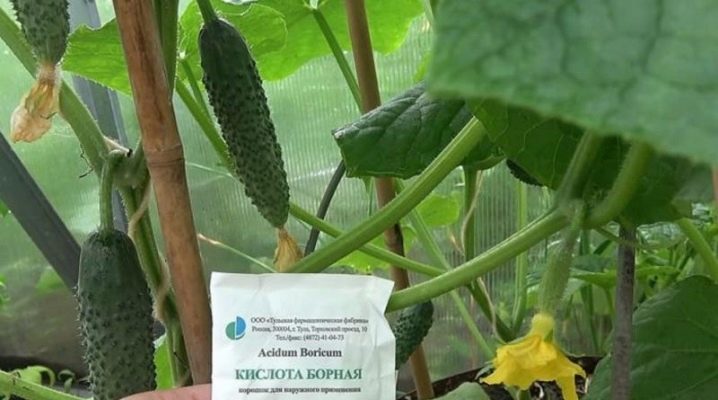
Boron powder is a white crystalline substance that vaguely resembles table salt. Boric acid protects against pests and accelerates the growth of cucumber and other garden crops. The cheapness of boric acid makes it possible to use it according to the situation when it is really required.


How does it work?
Boric acid for cucumbers is a multi-action substance that allows:
- strengthen the roots, accelerate their growth;
- protect the plant, its aboveground and underground parts from pests and pathogens;
- significantly accelerate the growth of green mass;
- accelerate the formation of glucose vital for plants;
- more inflorescences to form;
- increase productivity.
As a result, it will be possible to collect the largest number of cucumbers from each square meter of the plot. The product can be sprayed both in an open garden and in a greenhouse.
Boric acid is a folk remedy, its benefits can hardly be underestimated. It prevents the formation of fungus, mold, protects plants from microbes.
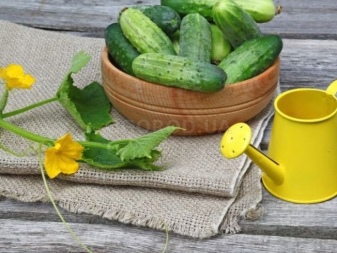
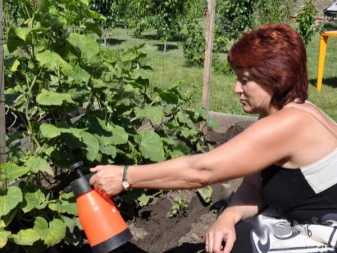
Boron deficiency symptoms
Lack of boron will immediately respond to the following manifestations:
- barely noticeable growth of seedlings;
- on adult plants, leaves turn yellow and curl;
- yellow and white rashes are possible on the surface of each leaf;
- the gaps between the nodes become shorter;
- adult bushes grow poorly;
- too many flowers that have not given ovaries;
- the flowers fall off, and the fruits do not replace them;
- lateral processes, including the whiskers, do not appear;
- plants are affected by pests, causative agents of diseases inherent in cucumber.
If boron is not enough, then cucumber plants do not resist well all sorts of interfering factors. Some bushes may die.

Seed treatment
In order for the seeds to be disinfected, to undergo pre-sowing preparation, a number of actions must be performed.
- Dissolve half a teaspoon in a small amount (100 ml) of boiling water.
- Dilute the solution with cold water to 1 liter.
- Soak seeds for 12 hours.
Disinfection of seeds is carried out immediately before planting in seedling cells or before planting in the ground.
Important: if you forget them for a day or more, then they will not germinate, but will die - the water in the container will displace the air they need for breathing.
Due to the absence of natural enemies at home - pests - the seedlings as a whole go through all stages of active growth without difficulty. Having transplanted it into the ground, decide how many times and on what dates, according to the situation, the boric acid treatment will be repeated.
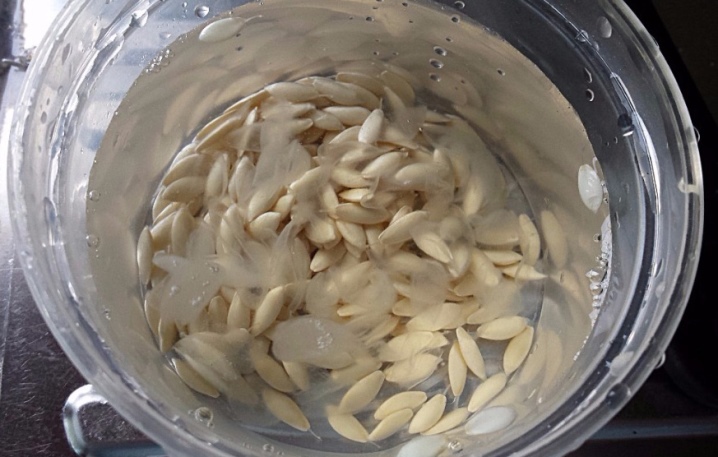
Top dressing
At different stages of plant development, top dressing differs in specific stages. Excessive simplification, the exclusion of some stages will not allow plants to live their entire life cycle and give a good harvest. Before planting cucumber seedlings in the ground, you can, on the contrary, water the plowed, loosened soil with a solution of boric acid: it is used as a remedy for ants. If you notice an anthill (and more than one) in your area, then you can try to remove most of the ants by pouring syrup or a little honey in a saucer, where you add a little boric acid, before planting cucumber seedlings (or seeds) in the prepared place.
To increase the yield, the soil is fertilized by adding manganese and boric acid - 10 g each, for example, in a 150-liter barrel filled with water. Next, the area where the seedlings will be planted is watered with this solution.
It is necessary in the fall, in advance, before planting cucumber seedlings, to feed the soil intended for planting with solid or liquid organic fertilizers.
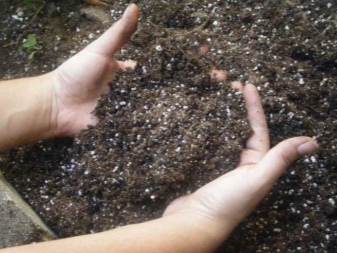
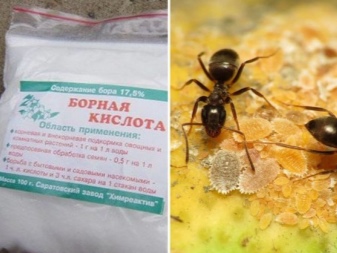
After transplanting into the ground
In general, the scheme of treatment of plants with boric acid does not change. When exactly the roots are being processed, do the following.
Dissolve 1 g of boric acid in 1 L of water. It is this proportion that is used to compensate for the lack of boron. This element belongs to the class of trace elements, and its excessive introduction into the solution is not allowed, otherwise the balance between the ability to give a good yield and the size of the aboveground and underground parts of the plant will be disturbed. It happens that the green mass at the same time gains a good supply, but there are not so many flowers, some of them fall off, and some, having turned after pollination into formed ovaries, in turn, partially crumble. The fruits that remain cannot be considered a good harvest - it is extremely small.
- Pre-water the newly planted seedlings with clean water.
- Pour the resulting solution on all plants under the root. No more than 100 ml of solution is enough for each sprout. It doesn't matter where they grow - on an open ground area, in a greenhouse or in a greenhouse.
- After some time, for example, half an hour, re-irrigate the seedlings with clean water.
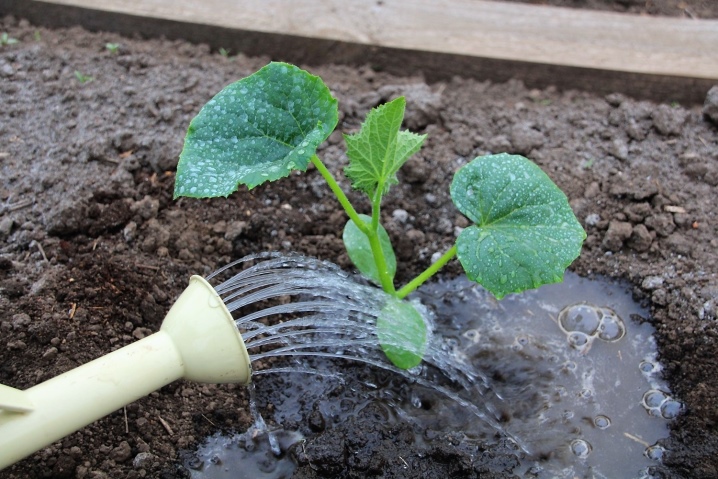
Seedlings are protected from pests. Do not forget to feed it with organic matter, ash and other means somewhere in the middle between the just performed "boron" irrigation session and the following: orient yourself by dates so as not to "overfeed" young plants. A composition containing a fertilizer called humate is prepared as follows.
- Pour 250 ml of milk into a bucket of water.
- Add 60 drops of iodine.
- Add half a teaspoon of boric acid.
- Stir a few potassium permanganate granules.
- Add 50 ml of humate to the composition.
The resulting solution is pink. More concentrated will burn the vegetation. Apply it by spraying.
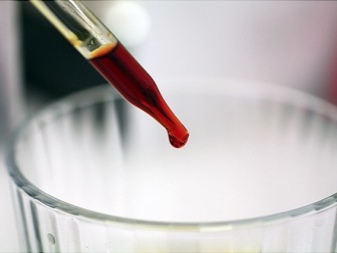
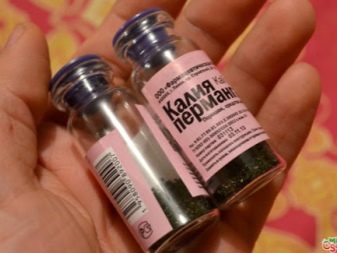
During flowering
Prepare the same boric acid solution. We remind you: it is forbidden to use a solution more concentrated than 0.1%. Spray the plants with it, just make sure that the spray does not get on the flowers. You can spray the boric acid solution before they open, but when closed inflorescences appear. The most preferred method is still watering the grown plants at the root.
If you overdo it and wash off the pollen from the already opened buds, then there will be no ovaries: there will be simply nothing to pollinate the flower pistils.
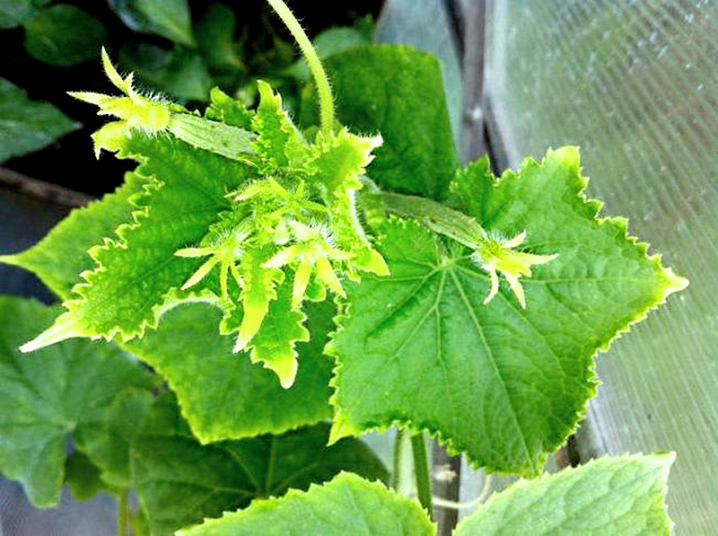
In the bud phase
Be careful when irrigating cucumber plants with boric acid solution. The ingress of water on flowers that have taken the form of an open bud is categorically unacceptable. It is better to water, as in the previous case, the cucumber plants at the root, without affecting the flowers.
The flowers of many cucumber varieties are pollinated exclusively by bees: in order to attract them more, but not to scare them away by the smell and the presence of boron microparticles, half a kilogram of sugar is added to the solution for every 5 liters. Bees, in addition to pollen, are able to collect sugary substances, turning them into a kind of honey. This effect is used to get the most of your cucumber flowers. More bees - more pollinated flowers, which means more harvest. However, sugar can also attract ants: a huge amount of them may run into a sugared solution of boric acid, but they will all die in the end.
Thus, by spraying the stems of cucumber seedlings with a sweet boron solution, you also contribute to the destruction of pests such as ants.

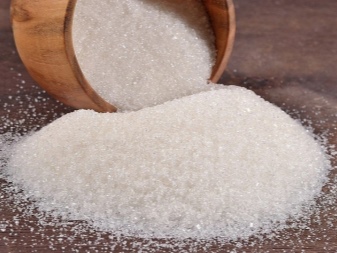
At the beginning of fruiting
But in the phase of active fruiting, when the rudimentary cucumbers are already formed, nothing prevents the plants themselves and the fruits tied on them from being fully sprayed with boron solution. Sugar in this case can not be used: inflorescences in large quantities, most likely, will no longer be this year. Boron treatment will save fruits and plants, for example, from aphids, wireworms and some other pests. You can spray the cucumbers at the fruiting stage thoroughly - each rudimentary fruit. Don't forget to irrigate the stems, leaves, whiskers, and so on. The resulting effect will manifest itself in all its glory in three days: the leaf mass and the cucumbers themselves will become bright green, healthy in appearance. There will be no lightening, yellowing on the fruits, the same violations will bypass the plant itself. Foliar dressing at this stage can be combined with traditional (root) dressing.
But the use of boric acid alone will not save plants from weakening caused by the depletion of the available reserves of minerals and organic matter in the soil. Even when the summer resident took all measures to properly dilute and use this solution for its intended purpose, boron is not a panacea: any agriculture is not "fed" with boron alone. If they do not have enough food, add additional liquid top dressing: a 10% solution of mullein or chicken droppings, fermented last year's foliage, cut and dried weeds. If treatment with a weak iodine solution is used, then you can add a 0.01% solution to it, for example, 350 ml of milk or whey - based on 5-10 liters of water.
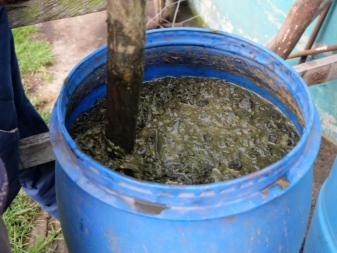
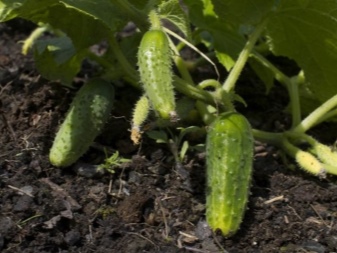
The interval between spraying and / or root watering is no more than a month. On average, most cucumber varieties flower and bear fruit during this period. Used as a fertilizer, boric acid contributes to an increase in sugar content - even in a culture such as cucumber, there is still sugar.
To get rid of rot, you can use the following breeding instructions: 2 g of boric acid, 2 g of potassium permanganate, 1 g of iodine and a glass of ash. Before adding water to the bucket, these ingredients are mixed in advance in a small amount, poured into the same glass. These ingredients are kept for up to three hours, then they are sprayed in those places where the buds have not opened.
To enhance the fruiting of cucumber thickets with the use of boric acid, you can use the gradual introduction of this solution: first, the shoots are watered under the root, after a week - the aerial part of the plants is sprayed.
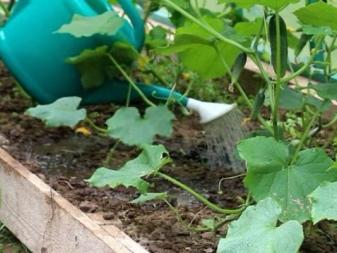

How to use for disease prevention?
If necessary, you can combine boron spraying with fertilization using iodine, potassium permanganate - however, try to spread all these sessions over the days of the season so that one mineral does not interfere with the other. Normally, the concentration of iodine is a few drops per half a bucket of water, but potassium permanganate (potassium permanganate) is poured into the water in grains until a bright crimson color is formed. The amount of iodine and potassium permanganate decreases to 0.01% (and below) - in practice, they are used in almost trace amounts, since the increased concentration of both additives will burn the cucumber shoots. An excess of boric acid, potassium iodide and permanganate, once in the human body, can lead to dehydration and poisoning, so do not violate the above dosage, use them separately in order to avoid a reaction between them.
Boric acid prevents plant disease with peronosporosis, powdery mildew. It prevents the formation of all kinds of rot - after its application, fungus, pathogenic bacteria, mold bypass the plants. However, if, for example, after heavy and prolonged rains, the disease manifests itself (it is often caused by a lack of sunlight, dampness, waterlogging of the soil during abnormally intense rainfall for at least two to three days), repeat watering and spraying the plants with boron solution. Use the aforementioned potassium permanganate, potassium iodide (iodine) and other remedies.
However, it is unacceptable to use boric acid with milk: this recipe does not have convincingly proven effectiveness, and is more an amateur experiment.
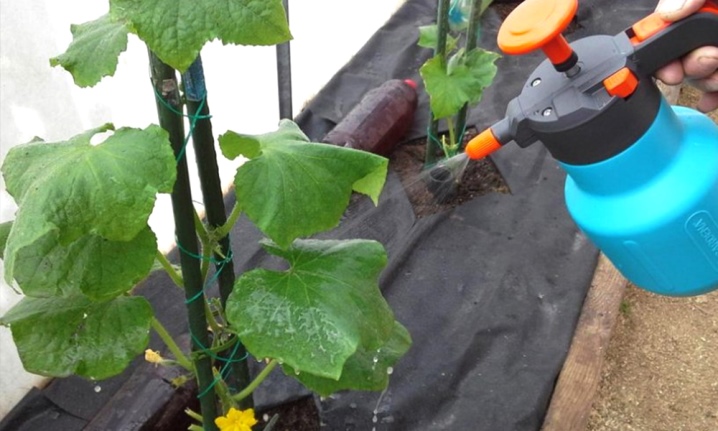
Dilution of boric acid with milk and iodine allows you to remove phytophthora and powdery mildew. To prepare the solution, do the following.
- Pour 100 ml of milk into 1 liter of clean water.
- Add up to 0.5 ml of iodine to this composition.
- Pour this composition into a spray bottle, pouring 1 gram of boric acid into its neck.
Treat the cucumber bushes with this composition, without wetting the inflorescences, from which the ovaries have not yet formed. The resulting product is distributed in case of already manifested plant diseases, or is used as a prophylactic. The mixture is useful at any stage of the disease - except for the one in which the plant is so affected that nothing can save it. But the same solution can be used to fertilize the soil. It cannot be stored - use a fresh mixture.
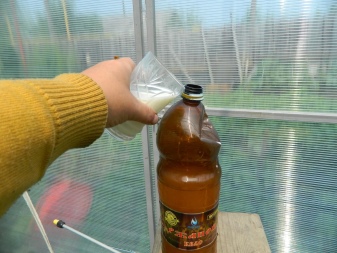
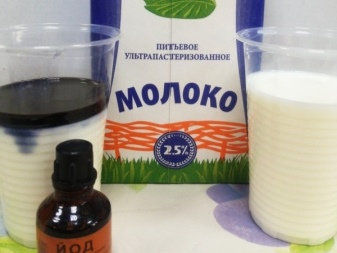













The comment was sent successfully.